Someone on the website asked me what was better just considering the image quality Olympus Zuiko 50mm f/1.4 or Helios 44m 58mm f/2, so I decided to do this quick test with my Olympus and the Helios I’ve used in my previous test.
I think the results in the video are quite obvious, Olympus performs much better at f/2, which means it’s already slightly stepped down and you are getting more out of it than the Helios, which at f/2 is wide open. To get more out of your lens you generally want to step it down a little bit. It is really hard to judge the sharpness from a video anyway and in the video mode lenses are much more forgiving, so to get a better idea about sharpness I’ve also included some photos. Again with all the compression the video goes through you can’t judge the sharpness that well. So have a looks at some side by side crops below.
I think in the video I didn’t used the best Helios photos I actually managed to take during the test. Maybe the focus was just slightly out, which introduced a lot of glow and some chromatic aberration around the highlights. So below you can see these close ups again (click to enlarge). I found that the second badge of Helios test shots was much better than the first and in this one even at f/2 there is very little difference between these 2 lenses. If anything I think Helios produces better results, with lens less chromatic aberration and ghosting around the highlights that can be seen in Olympus crop. Absolutely amazing considering the price of this lens.
Both lenses definitely benefit from being stepped down to f/2.8 and you are getting a really nice image from both at this f-stop. In the video test, Olympus still looked better, but the close-ups below are virtually identical and Helios has virtually no chromatic aberration around highlights where Olympus still has some red/pink ghosting around the edges.
At f/5.6 I think Helios is sharper, but Olympus performs quite nicely too. I perform the warmer look of Helios too, although there is nothing wrong with Olympus.
I think the very crucial thing with these lenses is to get the focus right. The difference between the Helios close-ups that were maybe just a bit out and the ones that were spot on is massive, not only in sharpness levels, but also chromatic aberration and ghosting.
I think both of these lenses offer great value for money. Olympus is one of the cheaper 50mm f/1.4 and performs great and Helios is just incredible value for money, being one of the cheapest lenses you can buy, the results it produces are amazing. If you are stuck with your plasticky, slow kit lens, go and get one of these babies. At f/2 it is quite a fast lens and it well be a great lens for your mid to close people shots. At this price you can’t go wrong.
If you still can’t be bothered to buy one, then stay tuned, because I will be giving away a few of my Helios lenses very soon.
I think both of these lenses offer great value for money. Olympus is one of the cheaper 50mm f/1.4 and performs great and Helios is just incredible value for money, being one of the cheapest lenses you can buy, the results it produces are amazing. If you are stuck with your plasticky, slow kit lens, go and get one of these babies. At f/2 it is quite a fast lens and it well be a great lens for your mid to close people shots. At this price you can’t go wrong.
If you still can’t be bothered to buy one, then stay tuned, because I will be giving away a few of my Helios lenses very soon.
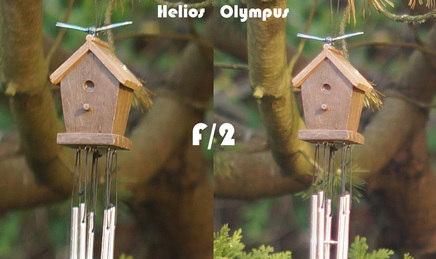
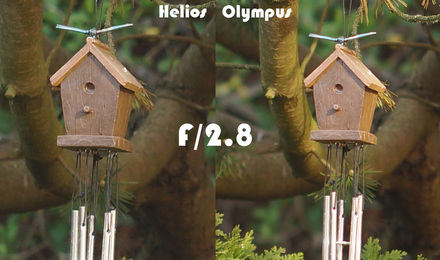
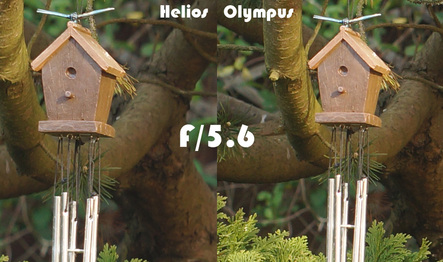

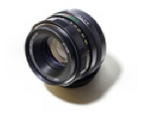
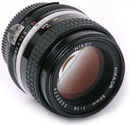
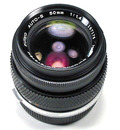
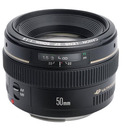
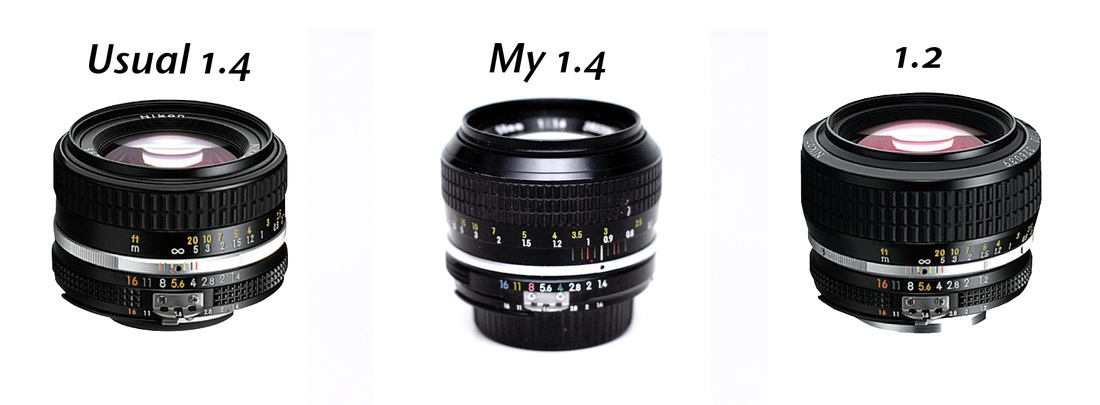
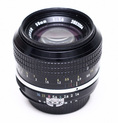
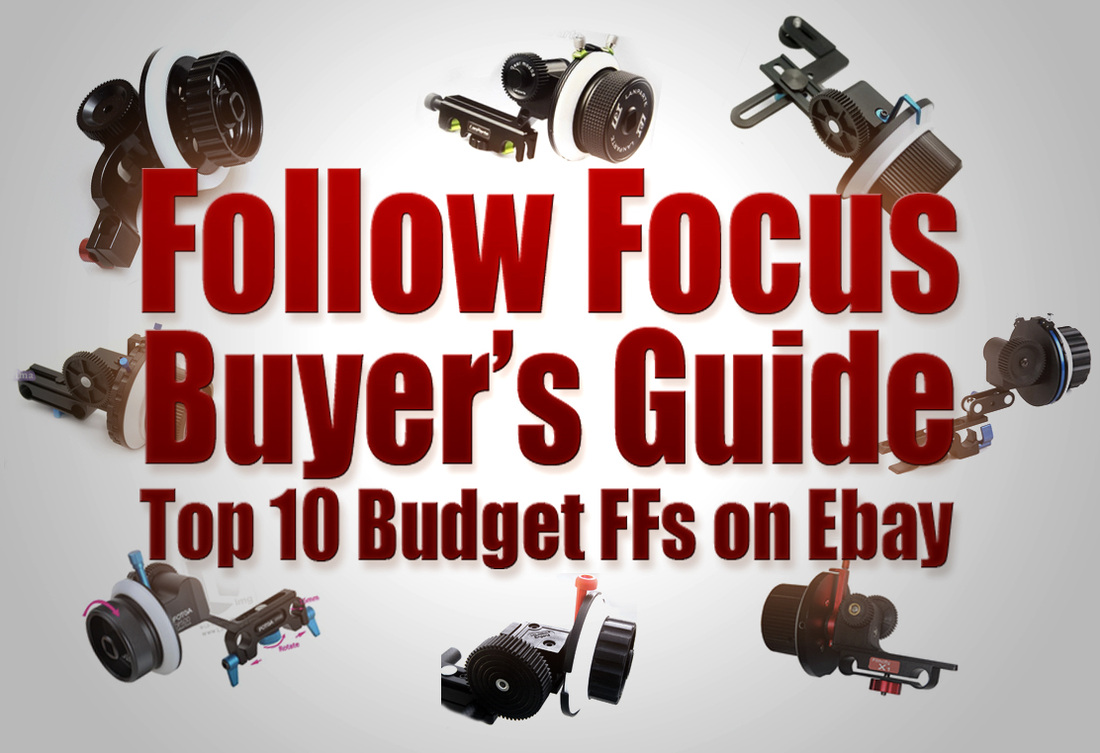

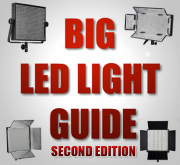
 RSS Feed
RSS Feed
